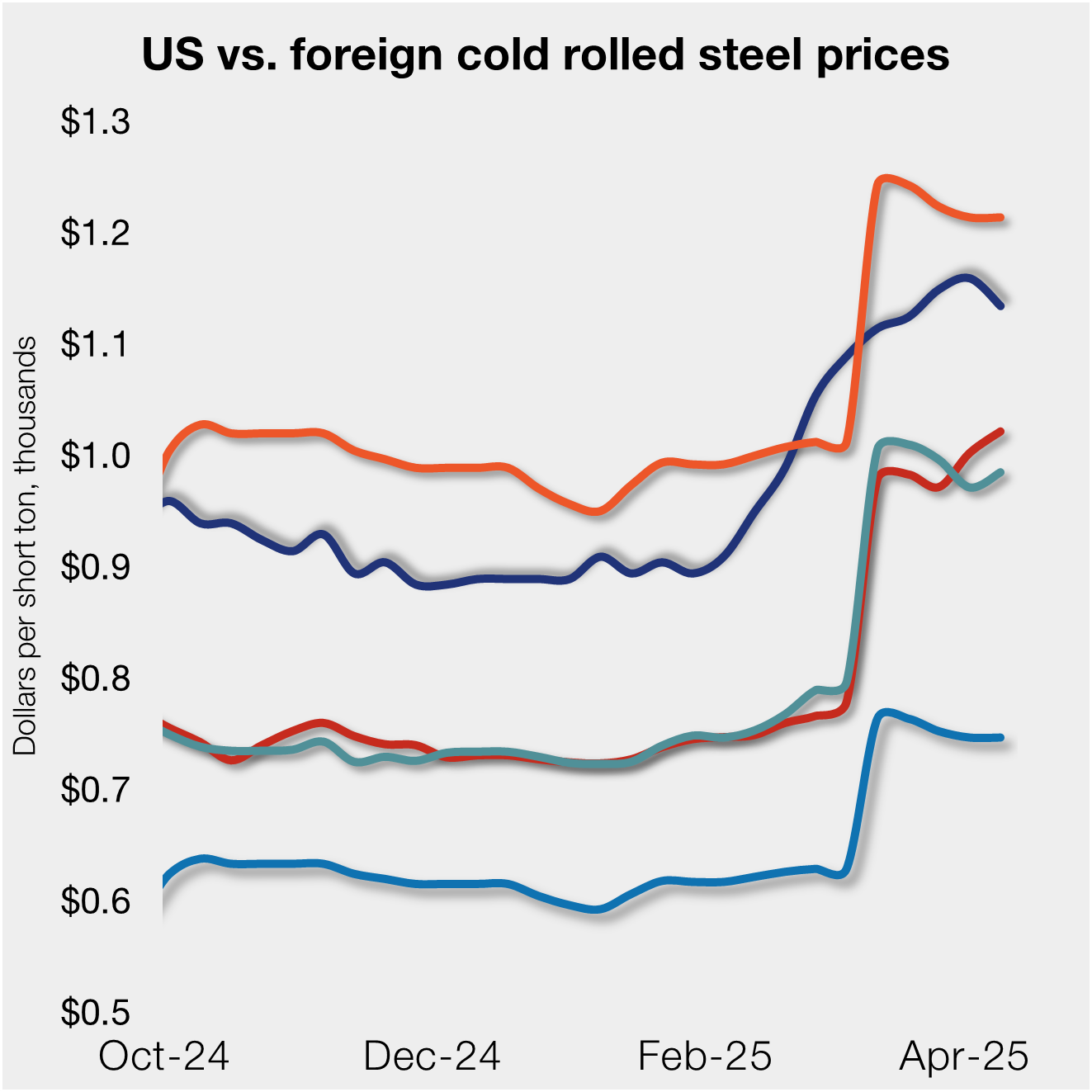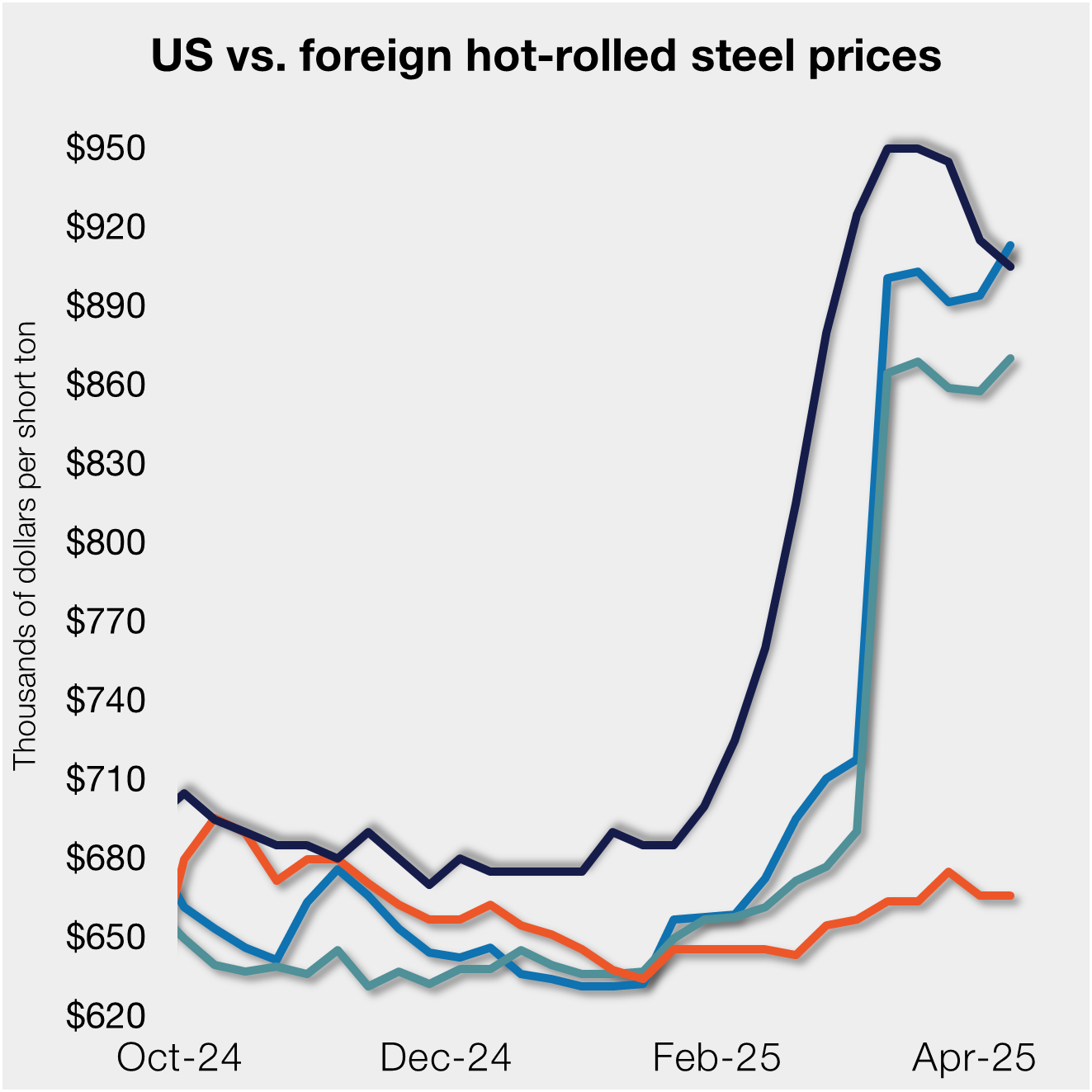Steel Products
AGC: November Hiring Slowdown Points to Worker Shortage
Written by Sandy Williams
October 20, 2018
Forty-two states and the District of Columbia added construction jobs between November 2017 and November 2018, while 23 states added construction jobs between October and November, according to an analysis by the Associated General Contractors of America of Labor Department data released Dec. 21. Association officials said extremely low unemployment rates in most of the nation have made it hard for contractors in many states to continue adding workers, despite strong demand for projects.
“November was the first month this year in which fewer than half the states experienced monthly increases in construction employment,” stated AGC Chief Economist Ken Simonson. “At a time when job openings are at record highs, the recent slowdown in hiring in some states may indicate contractors are unable to find qualified workers, rather than a slackening in demand for construction.”
The economist noted that job openings in construction totaled 292,000 at the end of October, a jump of 59,000 or 25 percent from a year earlier and the highest October level in the 18 years that the Labor Department has published the series. The number of unemployed jobseekers with recent construction experience—352,000—was the lowest yet for that month. Together, these figures suggest contractors in many states cannot find experienced workers to fill vacancies, Simonson said.
{loadposition reserved_message}
Texas added the most construction jobs during the past year (47,100 jobs, 6.5 percent). Other states adding a large number of new construction jobs for the past 12 months include Florida (32,900 jobs, 6.4 percent), California (29,600 jobs, 3.6 percent), Arizona (18,500 jobs, 12.3 percent) and Georgia (18,200 jobs, 9.7 percent). Wyoming added the highest percentage of construction jobs during the past year (15.2 percent, 2,900 jobs), followed by Arizona, Nevada (11.7 percent, 9,900 jobs), North Dakota (11.4 percent, 2,900 jobs), Connecticut (11.0 percent, 6,400 jobs) and Oregon (10.7 percent, 10,500 jobs). Construction employment reached a record high in four states: Nebraska, New York, Oregon and Texas.
Seven states shed construction jobs between November 2017 and 2018, while construction employment was unchanged in Rhode Island. The largest decline occurred in Missouri (-3,300 jobs, -2.7 percent), followed by South Carolina (-3,100 jobs, -3.0 percent) and New Jersey (-2,200 jobs, -1.4 percent). Hawaii had the steepest percentage job loss for the year (-3.8 percent, -1,400 jobs), followed by South Carolina, Missouri and New Jersey.
Among the 23 states with one-month job gains between October and November, California had the largest pickup (3,300 jobs, 0.4 percent), followed by Texas (2,700 jobs, 0.3 percent), Pennsylvania (1,900 jobs, 0.7 percent) and Arizona (1,900 jobs, 1.1 percent). Wyoming added the highest percentage of construction jobs for the month (4.8 percent, 1,000 jobs), followed by North Dakota (2.5 percent, 700 jobs) and West Virginia (2.3 percent, 800 jobs).
Construction employment decreased from October to November in 22 states and was unchanged in five states and D.C. Florida lost the most construction jobs (-3,800 jobs, -0.7 percent), followed by Missouri (-3,100 jobs, -2.5 percent) and North Carolina (-1,500 jobs, -0.7 percent). Rhode Island lost the highest percentage of construction jobs in November (-3.6 percent, -700 jobs), followed by Missouri and Hawaii (-2.4 percent, -900 jobs).
Association officials said the soaring level of job openings points to the urgency of implementing effective career and technical education programs to enable workers to get jobs in fields such as construction. “Contractors in many parts of the country are ready and willing to offer high-paying jobs with great career advancement opportunities,” said Stephen E. Sandherr, the association’s chief executive officer. “Federal, state and local officials should facilitate those opportunities by modernizing and adequately funding appropriate education and training programs.”

Sandy Williams
Read more from Sandy WilliamsLatest in Steel Products

SMU flat-rolled market survey results now available
SMU’s latest steel buyers market survey results are now available on our website to all premium members. After logging in at steelmarketupdate.com, visit the pricing and analysis tab and look under the “survey results” section for “latest survey results.” Past survey results are also available under that selection. If you need help accessing the survey results, or if […]

CRU tariff webinar replay now available
CRU’s latest webinar replay on how Trump’s tariffs affect the global steel market is now available on our website to all members. After logging in at steelmarketupdate.com, visit the community tab and look under the “previous webinars” section of the dropdown menu. You’ll find not only this special CRU webinar but also all past Community […]

US, offshore CRC prices diverge
US cold-rolled (CR) coil prices declined this week, slipping for the first time since early February. Most offshore markets deviated, moving higher this week.

Construction growth slowed in March on tariff woes: Dodge
The decline comes after reaching a record high in January to kickstart the year.

Return of S232 zapped gap between US and EU HR prices, Asian HR remains cheaper
Domestic hot-rolled (HR) coil prices declined this week for a third straight week. Most offshore markets bucked the trend and gained ground. Uncertainty in the US market around tariffs, especially after “Liberation Day,” caused US prices to slip as buyers moved to the sidelines. It’s unclear to date whether the 90-day pause on the more […]
